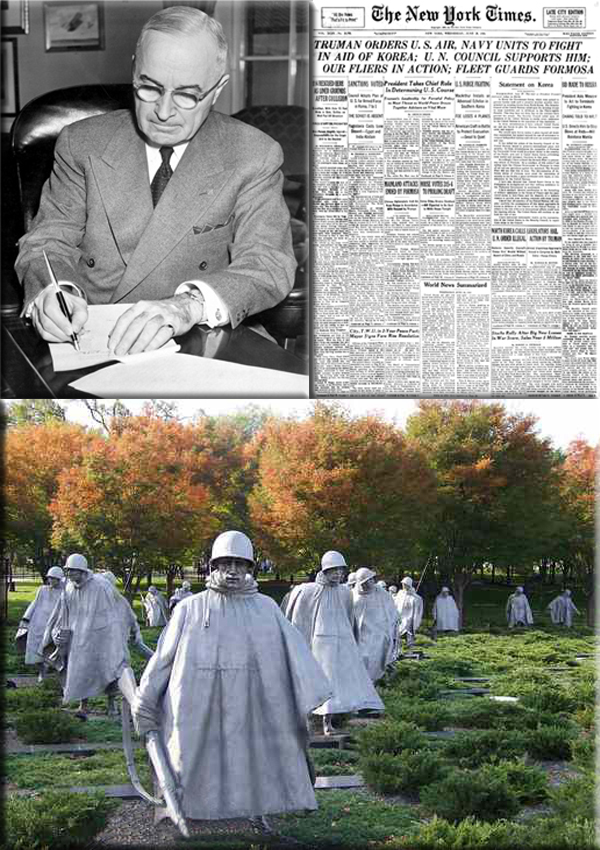
Truman orders U.S. forces to Korea on June 30, 1950
Truman orders U.S. forces to Korea: Just three days after the United Nations Security Council voted to provide military assistance to South Korea, President Harry S. Truman orders U.S. armed forces to assist in defending that nation from invading North Korean armies. Truman’s dramatic step marked the official entry of the United States into the Korean War.
On June 25, 1950, military forces from communist North Korea invaded South Korea. South Korean forces and the small number of U.S. troops stationed in the nation reeled under the surprise attack. On June 27, the United States asked the Security Council in the United Nations to pass a resolution calling on member states of the United Nations to assist South Korea. With the Soviets boycotting the meeting for other reasons, the resolution passed. Three days later, President Truman ordered U.S. ground forces into South Korea and the troops entered South Korea that same day. At the same time, Truman ordered the U.S. Air Force to bomb military targets in North Korea and directed the U.S. Navy to blockade the North Korean coast.
Truman’s action signaled the beginning of official and large-scale U.S. participation in the Korean War. Over the next three years, the United States provided at least half of the U.N. ground forces in Korea and the vast majority of the air and sea forces used in the conflict against North Korea and, later, against communist China, which entered the war on the side of North Korea in late 1950. Nearly 55,000 Americans were killed in the war and over 100,000 were wounded. Cost estimates for the war ranged as high as $20 billion. In July 1953, an armistice was signed that ended the fighting and left Korea a divided nation.
History Channel  / Office of the Historian, U.S. Department of State / Korean War.org/ / Library of Congress / National Archives / Truman Library.org / Boston Globe (Korean War in Photos) / LIFE (Korean War Rare and Classic Photos) / Encyclopedia Britannica / Wikipedia
/ Office of the Historian, U.S. Department of State / Korean War.org/ / Library of Congress / National Archives / Truman Library.org / Boston Globe (Korean War in Photos) / LIFE (Korean War Rare and Classic Photos) / Encyclopedia Britannica / Wikipedia
Photo II: Korean War Collage credit, The Big Picture, Boston Globe - (Associated Press; U.S. Department of Defense / SGT. F.C. Kerr; AP Photo; U.S. Department of Defense / TSGT. Charles B. Tyler; U.S. Department of Defense / TSGT. Charles B. Tyler; U.S. Department of Defense / TSGT. Robert H. Mosier; AP Photo / Max Desfor; U.S. Department of Defense / CPL. P. McDonald; AP Photo / Max Desfor; AP Photo/George Sweers; U.S. Navy / Maj. R.V. Spencer, UAF; AP Photo / Max Desfor).
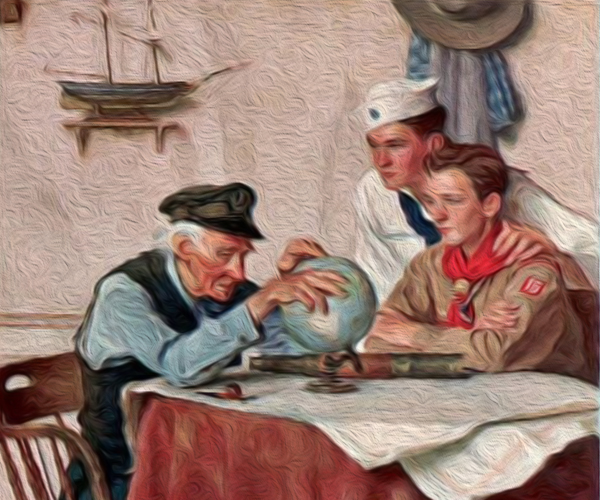
Understanding Military Terminology - Implied task
(DOD) In the context of joint operation planning, a task derived during mission analysis that an organization must perform or prepare to perform to accomplish a specified task or the mission, but which is not stated in the higher headquarters order. See also essential task; specified task. Joint Operation Planning - Defense Technical Information (Joint Publication 5-0)
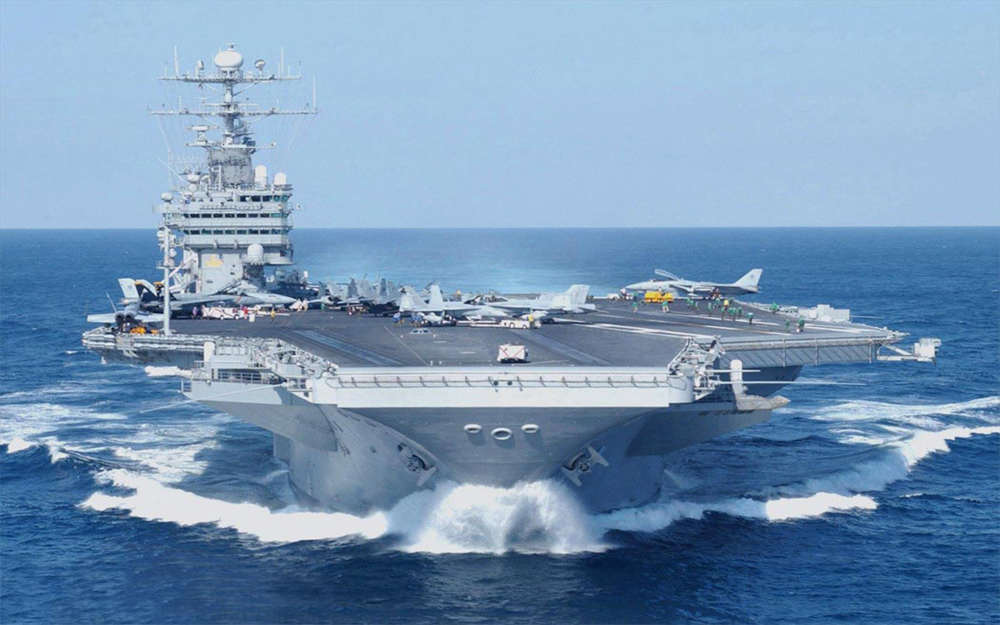
The Old Salt’s Corner
The Combat Direction Center (CDC)
The CDC is not a specific department per se, but a function within operations (see below). The CDC’s mission is to keep the Commanding Officer apprised of the overall tactical situation and recommend courses of action as appropriate. CDC accomplishes this mission by collecting, processing, displaying, evaluating, and disseminating tactical information in a timely fashion. CDC is vested with tactical decision making responsibility with respect to ship’s defensive systems and makes recommendations to warfare commanders for overall battlegroup defense. Specific divisions are listed below:
1. OI Division
OI Division is responsible for tracking all surface and air contacts. This division provides tactical information support, control of the ship’s defenses, and supports ship’s safe navigation. Enlisted Operations Specialists (OSs) typically man this division.
2. OW Division
OW Division analyzes data collected from the electromagnetic spectrum. Its mission is to detect, identify, and classify air, surface, and subsurface contacts via passive detection means aided by the use of electronic support measures (ESM) equipment. Enlisted Electronics Warfare Technicians (EWs) typically man this division.
3. OX Division
The OX Division provides mission support to the battlegroup’s undersea warfare assets. It is responsible for the ship’s USW defensive systems and is the fusion center for all USW operations conducted by the carrier’s USW aircraft such as LAMPS helicopters and S-3A/Bs (see Module 2).
4. OEM Division
This division maintains the Phalanx Close In Weapons System (CIWS) for short-range defense against cruise missiles or aircraft. Most every ship has this system to help protect it from anti-ship cruise missiles. Enlisted Fire Control men (FCs) typically work in this division.
5. Meteorology (OA Division)
Meteorology (which is often referred to as "Metro") monitors environmental conditions affecting the battlegroup and provides data to use weather for possible tactical advantage. This is accomplished by providing forecasts of radar effectiveness and acoustic propagation conditions to aid in optional positioning and use of accompanying ships and aircraft. Enlisted Aerographer Mates (AGs), the navy’s weathermen, work in this division.
6. Strike Operations Division
Strike Operations Division coordinates with all warfare commanders to establish a viable AIRPLAN for battlegroup functions. During air operations, Strike Operations coordinates with Air Operations (see below), CDC, and the Air Department (AB, AP) to ensure that air sorties are managed to meet the requirements dictated by combined warfare commanders. In support of the air wing, Strike Operations aids in weaponeering of ordnance (i.e., determines what ordnance will best be employed to destroy either individual or specific sets of targets).

“I’m Just Sayin’”
Where in the nursery rhyme does it say Humpty Dumpty is an egg?

“Thought for the Day”
“All major religious traditions carry basically the same message, that is love, compassion and forgiveness the important thing is they should be part of our daily lives.”
~ Dalai Lama

“What I Have Learned”
“Money cant buy love, but it can buy chocolate... One of the life's mysteries is how a two pound box of candy can make a person gain five pounds.”
~ The Ultimate Guide to the Perfect Card

Bizarre News (we couldn’t make up stuff this good – real news story)

If Only There Were Somewhere He Could Have Turned For Moral Guidance: Suspended Catholic Monsignor Kevin Wallin, 63, was sentenced in May to more than five years in prison for running a meth distribution ring from Bridgeport, Connecticut, where he also operated a sex shop to launder the drug profits.
(Though he faced a 10-year sentence, he had a history of charity work and submitted more than 80 letters of support from high-ranking clergy.)
● Cross-dressing, drug dealing “Monsignor Meth” pleads guilty to drug charge, faces 11 to 14 years in prison
● “Monsignor Meth” pleads guilty to dealing more than $300,000-worth of the drug and makes a deal to spend more than a decade behind bars
New York Daily News (04/02/2015) / Daily Mail (04/03/2015) / Associated Press / Fox News (05/07/2015)

Mr. Answer Man Please Tell Us: Why Are Shirt Buttons On Different Sides For Men and Women?
The history behind this peculiarity is somewhat shrouded in mystery, but it’s generally considered to be a relic from the days when clothing was a lot more complicated. In the Renaissance and through the Victorian era, women—particularly wealthy women—wore elaborate items and often enjoyed the luxury of being dressed by a servant. In that case, it was easier for the assistant to have the buttons on the right side (when facing the woman being dressed) with the assumption that the servant was right-handed, as most people were believed to be. Men usually dressed themselves, hence the buttons on the other side.
Of course there’s some question about whether this makes sense as a lasting convention if such a limited number of people could afford maids to dress them, but the nobility were the tastemakers when it came to fashion and it’s reasonable to think that those traditions trickled down and have stood the test of time only because no one bothered to change them.
Other possible explanations also cite the fashions of hundreds of years ago when men’s clothing often included weaponry. A right-handed man could pull his weapon out with his primary hand and unbutton with the secondary. The hand-in-waistcoat portraiture of the time somewhat supports this idea, with the right hand tucked into the open flap.
Another weapon-related theory: standard fighting position meant facing the enemy with your left side with the shield. A shirt with an overlap from left to right meant that a foe couldn’t aim a sword in you through an open slit.
On the flip side, maybe babies are the reason? Women usually hold a child on their left side to free up a dominant hand and a shirt that opens on the right makes breastfeeding easier.
Several other theories exist, including ones about horseback riding, Napoleon's Napoleon complex, church etiquette, and what might be the most unsettling of all—that the distinction was made during the standardization and early days of mass-produced clothing and was meant to reinforce sexist attitudes by forcing women to button with their “inferior” hand.
Most likely though, it’s because Marie Antoinette and the like needed help securing their bodices.
The Atlantic
• The Morning News.org
• Fashion Career
• Mental Floss

Where Did That Saying Come From?
“Curfew:” The word “curfew” comes from the French phrase “couvre-feu”, which means “cover the fire”. It was used to describe the time of blowing but all lamps and candles. It was later adopted into Middle English as “curfeu”, which later became the modern “curfew”.
In the early American colonies homes had no real fireplaces so a fire was built in the center of the room. In order to make sure a fire did not get out of control during the night it was required that, by an agreed upon time, all fires would be covered with a clay pot called-a “curfew”.
Wikipedia / Dictionary

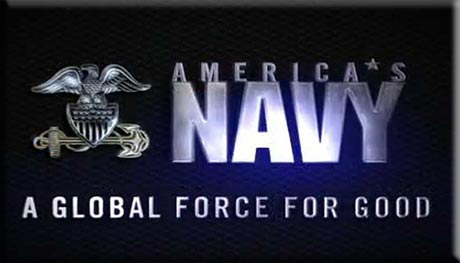
NAVSPEAK aka U.S. Navy Slang
Burn Bag: Trash bag for outdated or no longer needed classified materials. They are usually paper grocery bags with red and white stripes on them. The contents are actually no longer burned, though the name persists. They are almost always shredded.
CB: Construction Battalion (pronounced Seabees).
Charles County Crab: Throughout the years the Naval School of Explosive Ordnance Disposal has moved several times. It is currently located at Eglin AFB, Florida. The term "Charle County Crab" refers to the "crab" insignia worn by graduates of Naval School Explosive Ordnance Disposal, who attended training during the period of time when NAVSCHOLEOD was based at Naval Ordnance Station, Indian Head, Charles County Maryland (old school).
Charlie Foxtrot: see “clusterf**k”.
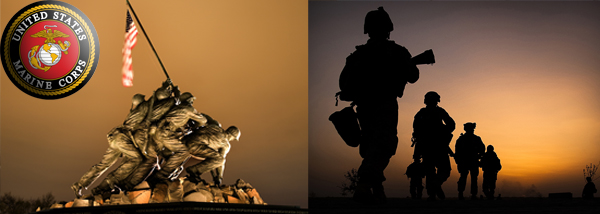
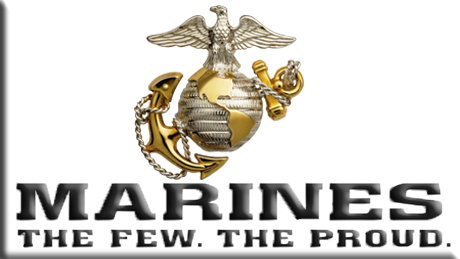
Just for you MARINE
EAS: End of Active Service.
Eat the Apple, F**k the Corps: A phrase used by Marines to express their displeasure with the Marine Corps. Usually mouthed by someone about to leave the Corps or by a Marine who has endured a perceived injustice.
ECHO: (Commtalk) E.
EGA: An abbreviation for Eagle Globe and Anchor. Generally not used.
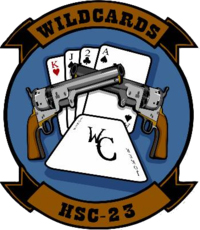
Naval Aviation Squadron Nicknames
HSC-23 - Helicopter Sea Combat Squadron 23: “Wild Cards”
NAS North Island, California
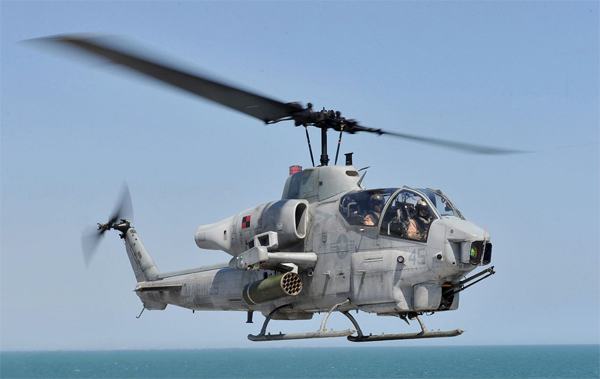
Aircraft Nicknames
AH-1W: nicknamed “Whiskey Cobra”, day/night version with more powerful engines and advanced weapons capability.
The AH-1W is the backbone of the United States Marine Corps's attack helicopter fleet, but it will be replaced in service by the Bell AH-1Z Viper upgrade. Wikipedia (AH-1 SuperCobra) / Wikipedia (AH-1Z Viper)

The Strange, Mysterious or Downright Weird

The “Polar Bear Princess”, Ursula Blütchen, was born in Dresden, Germany on June 6, 1927 to an average working class family. Widely regarded as the most sensational animal trainer to have ever lived, Ursula’s unusual career didn’t begin until she was her mid 20’s. Initially hired in 1952 as a cleaning woman for the soviet controlled East German Circus Busch – it was a romance with an assistant elephant trainer the first kindled her interest in animal training.
It’s somewhat preordained that Ursula would find herself drawn to bears. Her name, after all, is derived from the Latin word “ursus” - which literally translates to bear. The fact the Ursula was so diminutive in stature, standing only five foot one inch in height, only emphasized the girth of the beasts she tamed and her affinity for the massive polar bear, the largest carnivore walking the earth, made Ursula a star throughout the world.
In the United States, Ursala and her amazing bears were feature attractions for Ringling Brothers in the 70’s and 80’s. Her act was without equal and The Greatest Show on Earth was made even greater by her presence. In Europe, Ursula toured with Circus Kronebau in Munich, Circus Berolina, Circus Knie in Switzerland, Orfei’s Golden Circus in Italy and again with Circus Busch in East Germany. She toured Japan with the GDR State Circus where she was immortalized in the form of an official postage stamp.
At her peak, Ursula commanded a cage consisting of fourteen Polar Bears and four Kodiaks for her act. Her kindnesses towards her animals, as well as the quality of her training techniques were legendary and yet, in her time, twice her animals mauled Ursula and an assistant was slain by a Kodiak bear. Regardless, Ursala continued to treat her bears as children, each had a name and she entrusted each with her life.
As time wore on, Ursula’s troupe of trained bears slowly dwindled as age eroded both the trainer and her performers.
Ursula continued to perform until December of 1998 with one final tour of the now reunited and democratic Germany as well as Belgium wit the Circus Busch-Berlin. Classified as a civil servant under the East German regime, Ursula was able to draw a state pension while her remaining animals found homes in various German zoos.
On March 3, 2010 - in her eighty-third year - the Polar Bear Princess passed away in her native home city of Dresden.
The Human Marvels / Circopedia.org

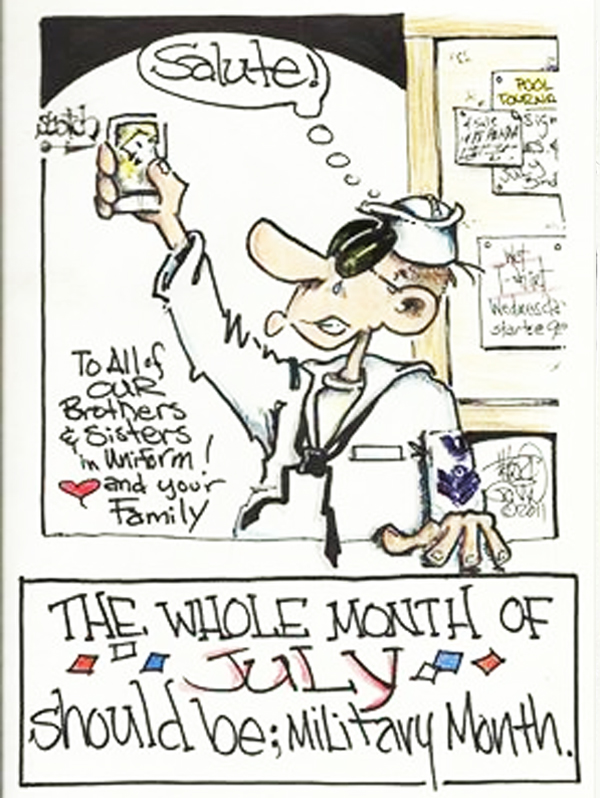
SONG FACTS

“Another Brick In The Wall” - Pink Floyd
Album: The Wall
Released 1979 
Waters' original demo for this was just him singing over an acoustic guitar, and he saw it as a short interstitial piece for the album. He explained in Mojo magazine: “It was only going to be one verse, a guitar solo and out. Then the late Nick Griffths, the engineer at Britannia Row, recorded the school kids, at my request. He did it brilliantly. It wasn't until I heard the 24-track tape he sent while we were working at Producer's Workshop in Los Angeles that I went, 'Wow, this is now a single.' Talk about shivers down the spine.”
When they first recorded this song, it was one verse and one chorus, and lasted 1:20. Producer Bob Ezrin wanted it longer, but the band refused. While they were gone, Ezrin made it longer by inserting the kids as the second verse, adding some drum fills, and copying the first chorus to the end. He played it for Waters, who liked what he heard.
This is often paired with “Happiest Days of Our Lives” when played on radio stations, and it follows “Happiest” on the album. “Happiest Days of Our Lives” depicts how childhood was great and there was nothing to worry about, until the teachers came along and tried to oppress and suppress the children. Waters then describes that the teachers must have it rough in their own homes, and take out their frustration on the students.
To make this album, they came up with the concept of the character “Pink”. Bob Ezrin wrote a script, and they worked the songs around the character. The story was made into the movie The Wall, starring Bob Geldof as “Pink”. Many people believe you have to be stoned to enjoy the film.
For the stage show, a giant wall was erected in front of the band using hidden hydraulic lifts as they played. It measured 160x35ft when completed, and about halfway through the show, the bricks were gradually knocked down to reveal the band.
Waters sang lead. When he left Pink Floyd and the band toured without him, Gilmour sang it.
The original idea for the concept of the actual Wall they wanted to create came from a problem Roger Waters was having during their concerts. When he started thinking about the show, he wanted to isolate himself from the public because he couldn't stand all the yelling and shouting. “The Wall” was not just a symbol and a concept, but a way of separating the band from their audience.
The line “We don't need no education” is grammatically incorrect. It's a double negative and really means “We need education”. This could be a commentary on the quality of the schools.
On July 21, 1990, Waters staged a production of The Wall in Berlin to celebrate the destruction of The Berlin Wall.
Part 1 of this song is often overlooked. It is saying that because Pink's father went off and died in WWII, he built The Wall to protect him from other people. In the movie you see him at the playground with the other kids and their fathers, then one of the kids leaves with his father and Pink tries to touch the father's hand. The father pushes him away quite aggressively then leaves.
In 2004, Peter Rowan, a Scottish musician who runs a royalties firm, started tracking down the kids who sang in the chorus, who were by then in their 30s. Under a 1996 copyright law, they were entitled to a small amount of money for participating on the record. Rowan was no so much interested in the money as in getting the chorus together for a reunion.
Roger Waters did the Scottish voices on the track. He told Mojo magazine December 2009 laughing, “I can do mad Scotsman and high court judges.”
The teacher character in this song shows up again in Pink Floyd's next album, The Final Cut (1983)  , notably in the song “The Hero's Return”
, notably in the song “The Hero's Return”  . He is based on the many men who returned from war and entered the teaching profession, as they had no other opportunities.
. He is based on the many men who returned from war and entered the teaching profession, as they had no other opportunities.
Pink Floyd official site / Rock and Roll Hall of Fame / All Music / Billboard / Song Facts / Wikipedia
Image: “The Wall (album)” by Pink Floyd

Trivia
● Point Roberts in Washington State is cut off from the rest of the state by British Columbia, Canada. If you wish to travel from Point Roberts to the rest of the state or vice versa, you must pass through Canada, including both Canadian and U.S. customs.
● The Pentagon in Washington, D. C. has five sides, five stories, and five acres in the middle.
● Sylvia Miles had the shortest performance ever nominated for an Oscar with “Midnight Cowboy”. Her entire role lasted only six minutes.

A Test for People Who Know Everything
Which U.S. President had the most children?
● Answer for People Who Do Not Know Everything, or Want to Verify Their AnswerBiography
Answer to Last Week's Test
Who is the only non-human to testify before Congress?
Answer: Elmo Congress Archives

Joke of the Day
A man walks into a bar with a dog. The bartender says, “Hey buddy, can't you read that sign? It says no dogs allowed! Get that mutt out of here!”
The man replies, “No, I can't read the sign - I'm blind, and this is my seeing eye dog.”
The bartender is embarrassed and gives the man a beer on the house. Later that day, the guy is telling his friend about it: “I told him I was blind and I got a free beer!”
The friend then takes his dog into the bar and sits down, and the bartender says, “The sign says no dogs allowed! You'll have to leave!”
The friend says, “Sorry, I can't see the sign because I'm blind, and this is my seeing eye dog.”
The bartender replies, “Since when do they give out Chihuahuas as seeing eye dogs?”
The man says, “They gave me a Chihuahua?”

 / Office of the Historian, U.S. Department of State / Korean War.org/ / Library of Congress / National Archives / Truman Library.org / Boston Globe (Korean War in Photos) / LIFE (Korean War Rare and Classic Photos) / Encyclopedia Britannica / Wikipedia
/ Office of the Historian, U.S. Department of State / Korean War.org/ / Library of Congress / National Archives / Truman Library.org / Boston Globe (Korean War in Photos) / LIFE (Korean War Rare and Classic Photos) / Encyclopedia Britannica / Wikipedia






















